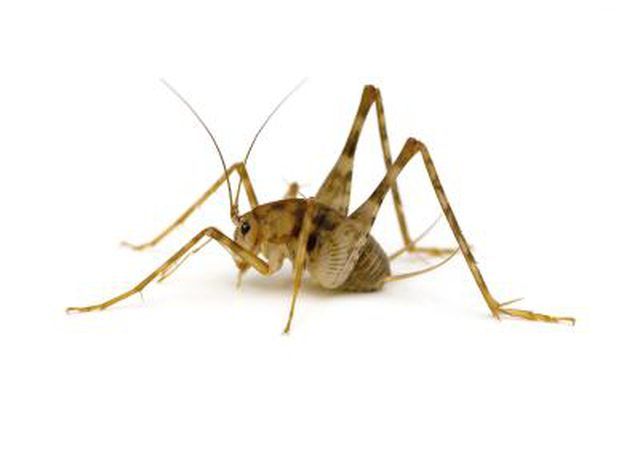Bulbs
Flower Basics
Flower Beds & Specialty Gardens
Flower Garden
Garden Furniture
Garden Gnomes
Garden Seeds
Garden Sheds
Garden Statues
Garden Tools & Supplies
Gardening Basics
Green & Organic
Groundcovers & Vines
Growing Annuals
Growing Basil
Growing Beans
Growing Berries
Growing Blueberries
Growing Cactus
Growing Corn
Growing Cotton
Growing Edibles
Growing Flowers
Growing Garlic
Growing Grapes
Growing Grass
Growing Herbs
Growing Jasmine
Growing Mint
Growing Mushrooms
Orchids
Growing Peanuts
Growing Perennials
Growing Plants
Growing Rosemary
Growing Roses
Growing Strawberries
Growing Sunflowers
Growing Thyme
Growing Tomatoes
Growing Tulips
Growing Vegetables
Herb Basics
Herb Garden
Indoor Growing
Landscaping Basics
Landscaping Patios
Landscaping Plants
Landscaping Shrubs
Landscaping Trees
Landscaping Walks & Pathways
Lawn Basics
Lawn Maintenance
Lawn Mowers
Lawn Ornaments
Lawn Planting
Lawn Tools
Outdoor Growing
Overall Landscape Planning
Pests, Weeds & Problems
Plant Basics
Rock Garden
Rose Garden
Shrubs
Soil
Specialty Gardens
Trees
Vegetable Garden
Yard Maintenance
How to Get Rid of a Camel Cricket
How to Get Rid of a Camel Cricket. If you stumble upon a camel cricket (Ceuthophilus spp.) in your home, you may run away screaming while waving your arms frantically trying to brush it off. Like its namesake, a camel cricket has a humped back. These small 1-inch insects have oversized back legs that help them jump several feet. Although they do...

If you stumble upon a camel cricket (Ceuthophilus spp.) in your home, you may run away screaming while waving your arms frantically trying to brush it off. Like its namesake, a camel cricket has a humped back. These small 1-inch insects have oversized back legs that help them jump several feet. Although they do not bite, you'd probably rather get rid of one than have it lurking in the dark, ready to pounce on you.
Be Forewarned
The presence of a camel cricket in the home typically raises a red flag that you have a moisture problem in your home. A camel cricket lives in dark places and primarily feeds on mold and mildew, which grow in moist environments. A damp basement or crawlspace is particularly attractive to a camel cricket, and it can provide a breeding ground for mold and mildew, which may compromise the health of your family.
Roll Out the Unwelcome Mat
The most successful way to get rid of a camel cricket is to eliminate the hospitable environment that lures it into your home. Remove mold and mildew from basement walls, and moisture-proof damp areas. A camel cricket may also eat paper products and other organic matter such as fabric, so remove these items from dark, damp storage areas. Grade away from your home’s foundation so rainwater cannot pool around its perimeter, and pull mulch at least 12 inches from your house. Seal cracks and crevices by using caulk, screens or weatherstripping. Without a favorable environment in which it can live and feed, a camel cricket seeks refuge elsewhere.
Suck it Up or Glue it Down
You can use your vacuum cleaner to remove a camel cricket, which is particularly effective if you have an infestation. Discard the vacuum bag, or empty the machine’s canister into a plastic bag that you seal before discarding it. Camel crickets are attracted to sticky traps, which provide a nonchemical control method. When a cricket walks onto a sticky trap, it becomes glued to the trap and cannot escape. Whether you use a vacuum or sticky traps to get rid of camel crickets, more will invade your home if the moist environment remains.
Use Chemicals as a Last Resort
Chemical control is typically ineffective and impractical unless a severe infestation warrants it. You can apply a permethrin-based spray to surfaces in infested areas to kill any crickets that are already there. As an added measure of protection, spray a 1-foot strip around your home’s foundation to provide a barrier that prevents more camel crickets from entering. Permethrin is also a "knockdown" spray, which paralyzes the nervous system and kills crickets. Typically, permethrin sprays are effective for up to three months after application. Observe all label directions and precautions.